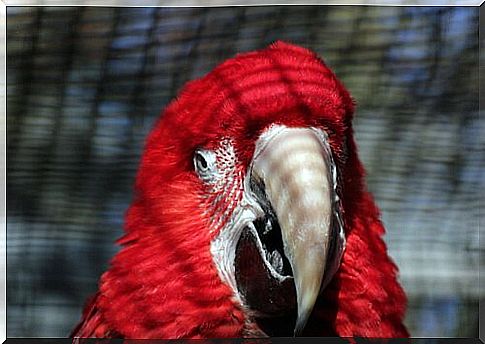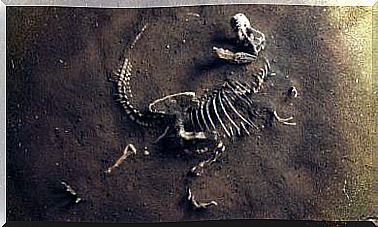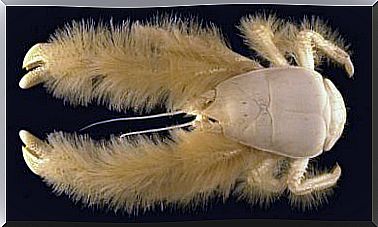Beak And Feather Disease

Beak and feather disease is a condition that affects different species of parrots. It is caused by a virus that, although uncommon, can cause major malformations and other important symptoms, it is one of the most harmful diseases of captive birds.
How beak and feather disease is spread
It’s a viral disease, so the responsible for it is a virus known as beak and feather disease. This etiologic agent, representative of the circovirus, was discovered after several outbreaks in Australia, in the beginning of the 20th century.
Viruses have many routes of infection and, in this case, they are usually transmitted orally, as they are eliminated in the faeces and feathers of infected birds. One of the factors that can trigger the transmission of this virus is the parrot’s habit of taking care of each other. However, it can also be transmitted to eggs if the parents are infected.

What are the symptoms of beak and feather disease?
Beak and feather disease mainly affects young birds, and this pathology affects the liver and brain, feathers and the immune system, which allows the participation of secondary infections.
In this disease, there is an excessive growth of the beak and nails, in addition to malformation and falling feathers, which present an abnormal growth. This condition can be assimilated to other pathologies, such as the problems of moulting feathers in parrots, or even some other disorder, such as pecking, which is usually caused by a depression in parrots.

It is vital to note that some parrots can carry beak and feather disease and not show its symptoms, but they can spread the virus. This occurs especially in small parrots such as parakeets, nymphs and lovebirds. Even so, many birds show severe symptoms and die within a year of being infected.
As already mentioned, this disease causes immunosuppression which, together with the infection, causes malformations and wounds, which is also one of the reasons for the high mortality rate.
Treatment and Prevention
Considering these symptoms, it is advisable to go to the veterinarian to rule out the presence of this disease that currently has no cure. Diagnosis is made through blood tests, because the symptoms are quite unspecific and we cannot diagnose the disease without this test.
Regarding prevention, in case we acquire a new parrot, the corresponding exams must be carried out, as well as a quarantine before the union of the infected individual with others of its species. Also, it is important to clean and disinfect objects that have been in contact with sick or unfamiliar animals.
This disease is quite rare and, in general, private owners should not be concerned about its presence. On the other hand, it is a pathology of great importance in breeding centers or in the hands of people with many of these birds.








